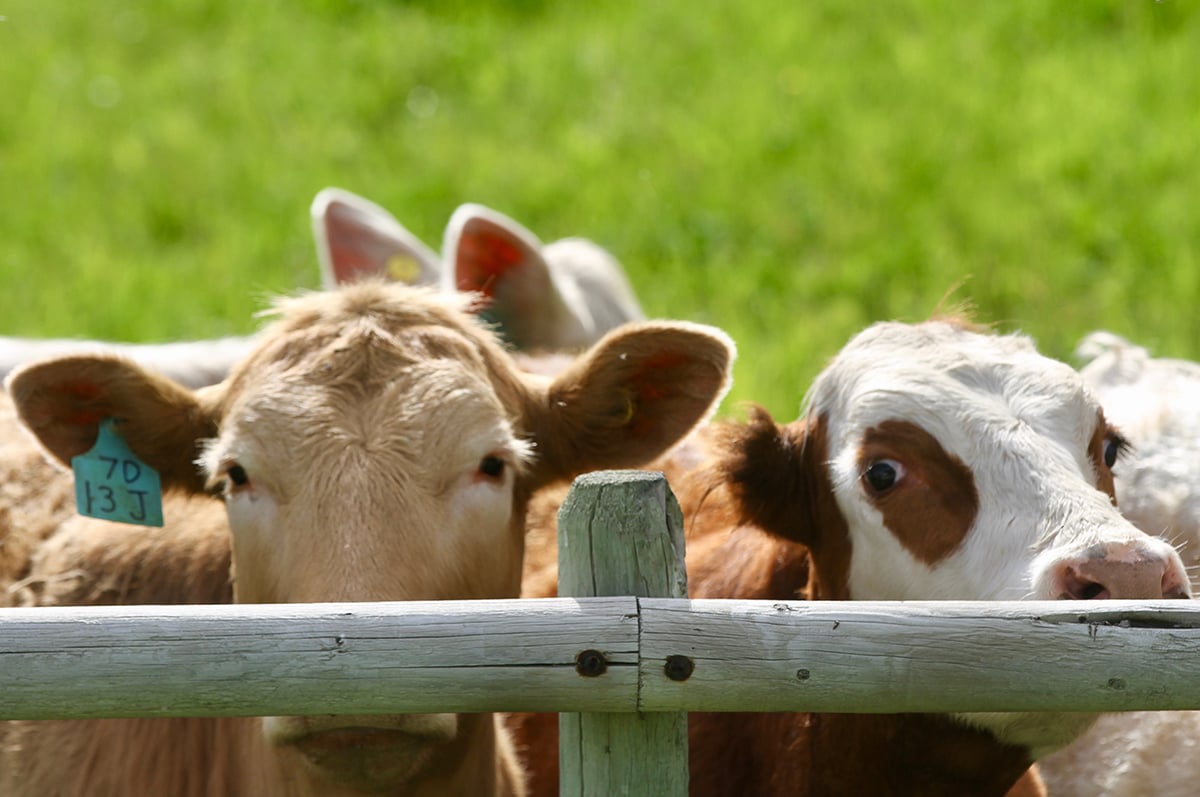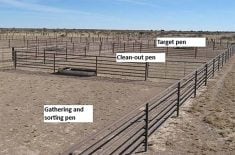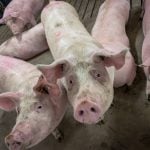A network of 16 conservation groups in Canada and the United States has proposed an ambitious plan to preserve large expanses of natural grasslands on the northern plains.
A two-year study selected 10 areas for possible preservation in southwestern Saskatchewan, southeastern Alberta, Montana, Nebraska, Wyoming and North and South Dakota.
Two areas specifically identified for preservation are the Sage Creek region in southeastern Alberta and the Bitter Creek area in southwestern Saskatchewan and Montana, which includes Saskatchewan’s Grasslands National Park.
While network spokesperson Curt Freese said the proposal is not anti-cattle, it calls for the return of bison and large predators such as bears.
Read Also

Feeder market consolidates at historic highs
For the week ending Sept. 6, Western Canadian feeder cattle markets were relatively unchanged compared to seven days earlier.
“The idea is to make room for wildlife in the overall socio-economic framework of the Great Plains and help revitalize communities that are now suffering,” Freese said at a Feb. 27 news conference during a grasslands conservation conference in Calgary.
Freese, who works for the World Wildlife Fund in Bozeman, Montana, said partnerships with landowners and government could save the Prairies, although few farmers or ranchers appear to be represented within the network.
“It is going to be a long-term process and in some cases it may only be the case where the landowners find that wildlife provides better economic benefit … than agriculture.”
He said returning the prairie to its natural state could take decades and will move only as quickly as communities are willing to let it. Government or outside agencies may have to pay landowners to preserve the wildlife and landscape, he added.
“A lot of these lands have been lost to the public in terms of recreational opportunities. We want to make sure these kinds of areas are open to the public enjoyment. We need to ensure that kind of benefit to the public.”
List of priorities
The World Wildlife Fund joined local groups to work on a plan called Global 200 that named ecoregions around the world considered the most important for conserving diversity of life. The grasslands of the northern Great Plains are among those areas.
Wildlife and grasses have been lost to agriculture and resource development and many species are in a precarious position.
Cliff Wallis of the Alberta Wilderness Association said society and governments have not recognized the importance of preservation on a global basis.
“In the long term, legal protection is crucial,” said Wallis.
He said most of the network consists of urban groups but he is confident of public support.
“Government and ranchers will get behind the proposal if the science is there.”
Bill Henwood, an environmental planner from British Columbia, told the 400 people at the conference that grasslands occupy 35 percent of the world’s terrestrial surface. A large portion is in the temperate zones of Canada, the United States, China, Australia, Russia, Kazakhstan and South Africa. He argued that most ecosystems are endangered because of human activity. Nearly half has been cultivated, six percent has been lost to urbanization and the rest has disappeared to other activities.
Globally, 412,000 sq. kilometres are protected, but he argued that 1.4 million sq. km are required to ensure that a large enough area is available for species establishment and wildlife movement.
In 2003, about 3,500 protected grassland areas were named and protected throughout the world, but most are too small to function properly as an ecosystem.
When these areas are restored they need to return to three natural functions: fire; drought and grazing by bison and small burrowing rodents such as gophers and prairie dogs. A healthy ecosystem also encourages the return of birds.
Jonathan Proctor of the Predator Conservation Alliance in Denver agreed major tracts of land are needed to achieve large-scale preservation goals and save endangered species.
He said he does not expect much resistance to setting aside land on the Canadian and American prairies. The population, already small, continues to shrink because it is not economically viable for people to stay, he said.
He suggested preserving large tracts beside public land reserves would make the areas suitable for bison, ferrets and prairie dogs.
He also suggested this part of North America could become a tourist mecca.
Few places are left when people can observe a fully functioning grasslands system with bison herds and kilometres of prairie dog towns. Hunters from around the world may be interested in going there for big game safaris. It might attract retirement communities or telecommuting professionals who value open landscape over the big city.
“It can’t hurt to try because what we’re doing now isn’t working,” he said.
The U.S. farm bill attempts to preserve some of this land through payments of $40 per acre for conservation reserves.
However, soybean payouts, for example, are much richer at $130 per acre over the cost of production.















